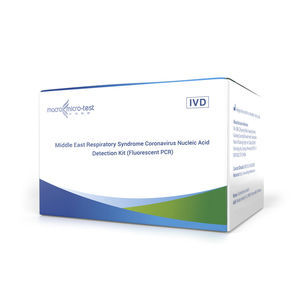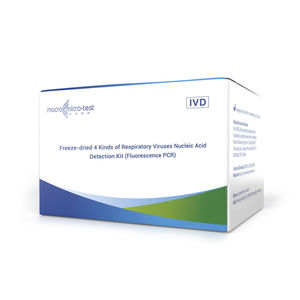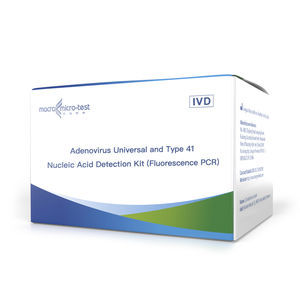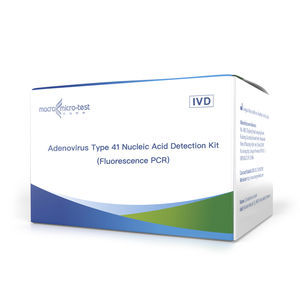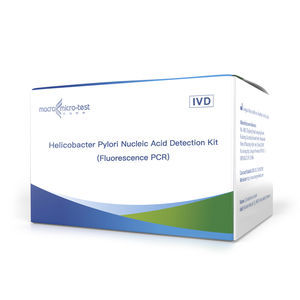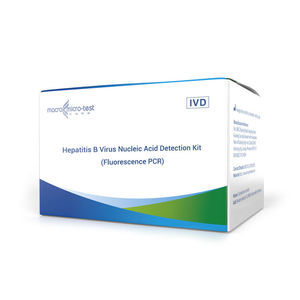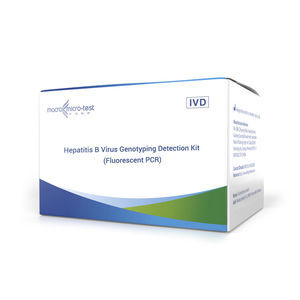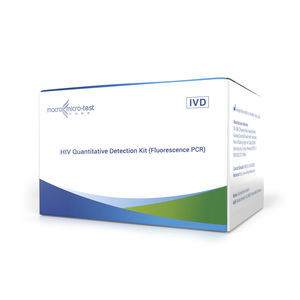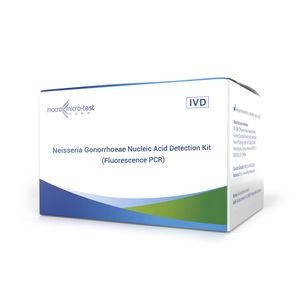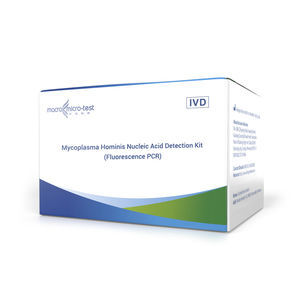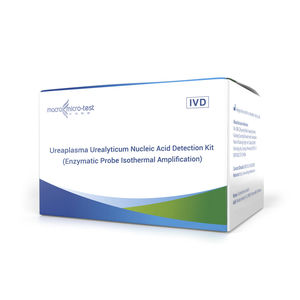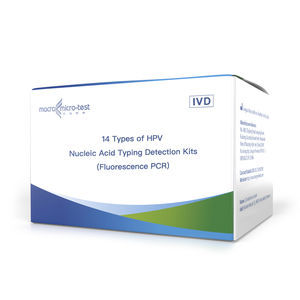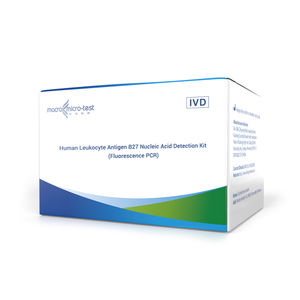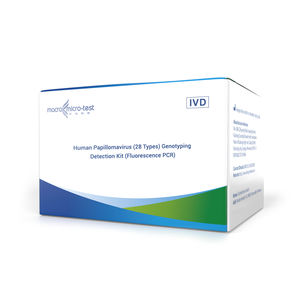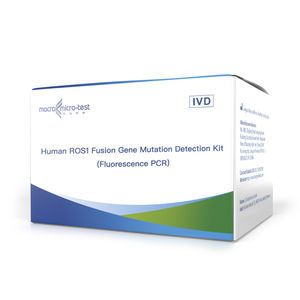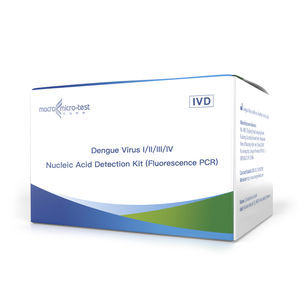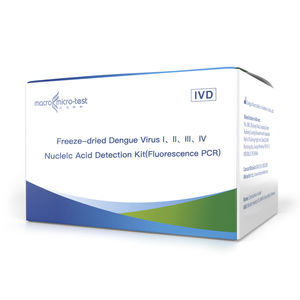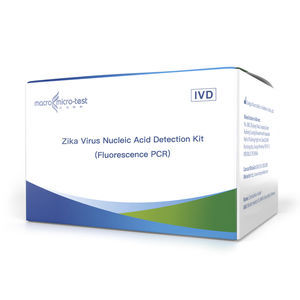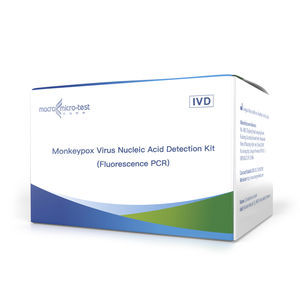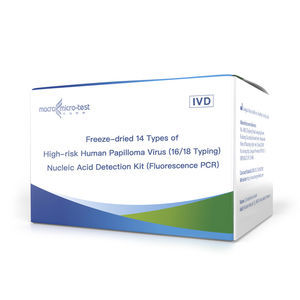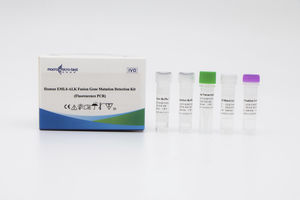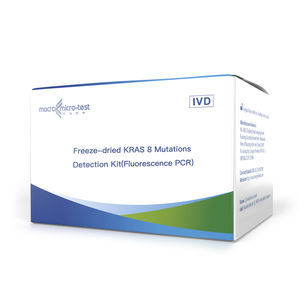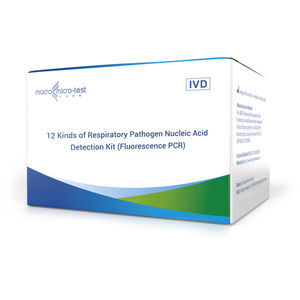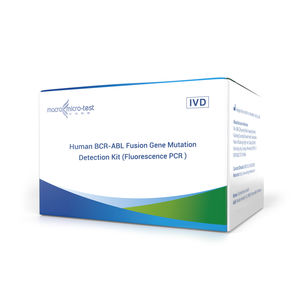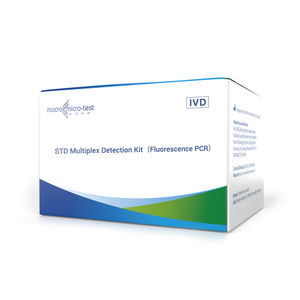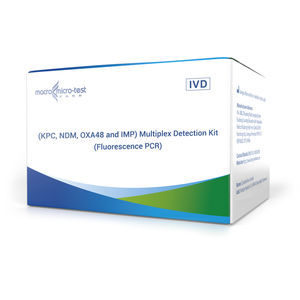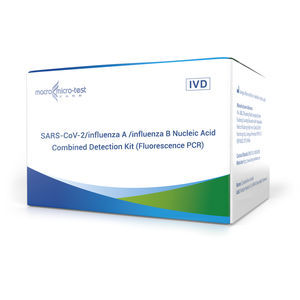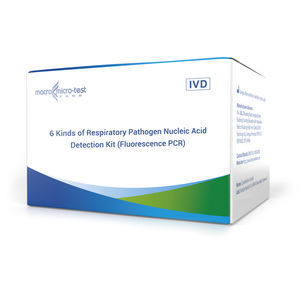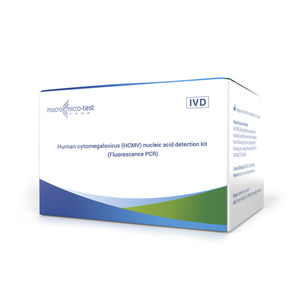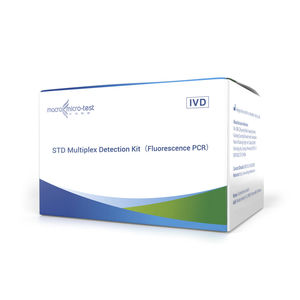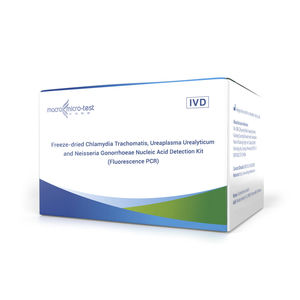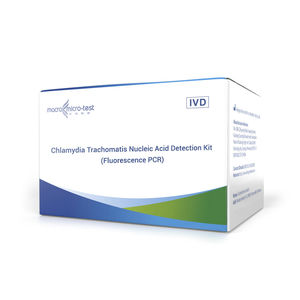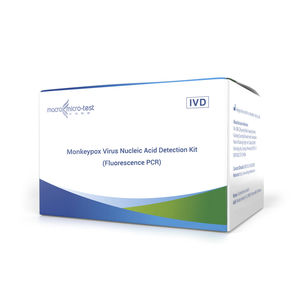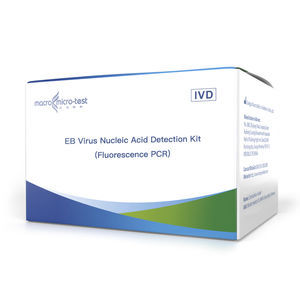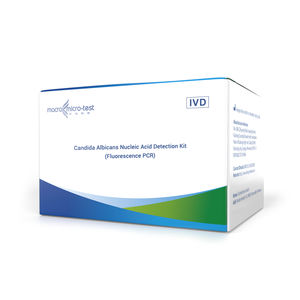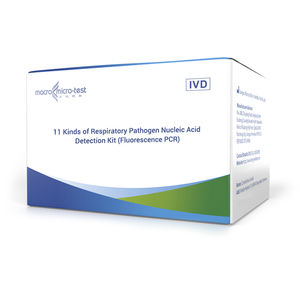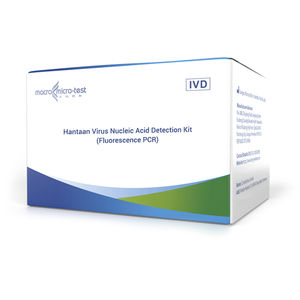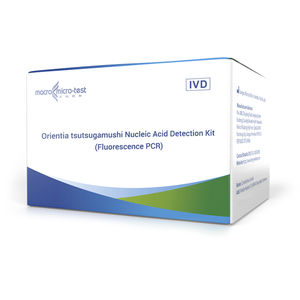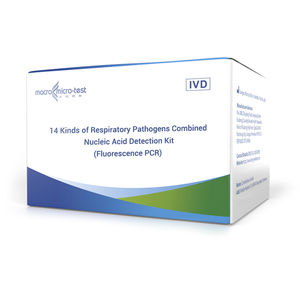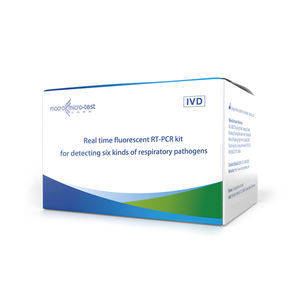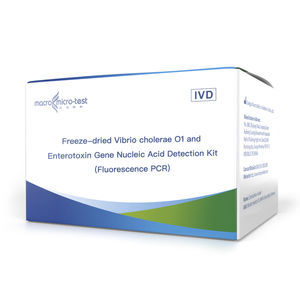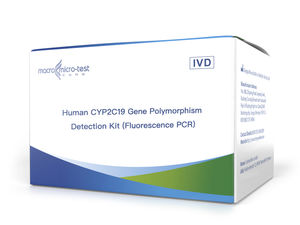
- Laboratory
- Laboratory medicine
- Malaria test kit
- Jiangsu Macro micro-test Medical Technology

- Company
- Products
- Catalogs
- News & Trends
- Exhibitions
Malaria test kit HWTS-OT074for infectious diseasesPlasmodiumwhole blood
Add to favorites
Compare this product
Characteristics
- Applications
- for infectious diseases, malaria
- Micro-organism
- Plasmodium
- Sample type
- whole blood
- Analysis mode
- for RT-PCR, fluorescence
- Result display time
Min.: 60 min
Max.: 90 min
Description
This kit is used for in vitro qualitative detection of Plasmodium nucleic acid in peripheral blood samples of patients with suspected Plasmodium infection.
Epidemiology
Malaria (Mal for short) is caused by Plasmodium, which is a single-celled eukaryotic organism, including Plasmodium falciparum Welch, Plasmodium vivax Grassi & Feletti, Plasmodium malariae Laveran, and Plasmodium ovale Stephens. It is a mosquito-borne and blood-borne parasitic disease that seriously endangers human health.
Of the parasites that cause malaria in humans, Plasmodium falciparum Welch is the deadliest. The incubation period of different malaria parasites is different, the shortest is 12-30 days, and the longer one can reach about 1 year. After the paroxysm of malaria, symptoms such as chills and fever may appear. The patients may have anemia and splenomegaly. The serious patients may have coma, severe anemia, acute renal failure which may lead to the death of patients. Malaria is distributed worldwide, mainly in tropical and subtropical regions such as Africa, Central America, and South America.
Channel
FAM - Plasmodium nucleic acid
VIC (HEX) - Internal control
Technical Parameters
Storage - Liquid: ≤-18℃ In dark; Lyophilized: ≤30℃ In dark
Shelf-life - 12 months
Specimen Type - Whole blood, dried blood spots
Ct - ≤38
CV - ≤5.0%
LoD - 5Copies/μL
Repeatability - Detect the company repeatability reference and calculate the coefficient of variation CV of Plasmodium detection Ct and the result≤ 5% (n=10).
Specificity -
No cross reactivity with influenza A H1N1 virus, H3N2 influenza virus, influenza B virus, dengue fever virus,
Other Jiangsu Macro micro-test Medical Technology products
FLUORESCENCE PCR
Related Searches
- Assay kit
- Solution reagent kit
- Blood assay kit
- Serum assay kit
- Immunoassay assay kit
- Plasma assay kit
- Infectious disease detection kit
- Blood rapid diagnostic test
- Diagnostic reagent kit
- Immunoassay rapid diagnostic test
- Molecular test kit
- Cassette rapid diagnostic test
- Rapid virus test
- Respiratory infection test kit
- Whole blood detection kit
- Serum rapid diagnostic test
- Plasma rapid diagnostic test
- Optical assay kit
- Clinical assay kit
- Infectious disease rapid diagnostic test
*Prices are pre-tax. They exclude delivery charges and customs duties and do not include additional charges for installation or activation options. Prices are indicative only and may vary by country, with changes to the cost of raw materials and exchange rates.



